By Haiqa Khattak
I remember the day I visited the University of Ottawa’s admission office with my education transcripts from my home country of Pakistan.
I had completed high school pre-medical in my country. The lady at the information desk showed me the possible programs I could take after providing some documents.
I had to evaluate my transcripts to check where I stood compared to the Canadian education system. My education wasn’t enough to get me admitted to a science field. I had already wasted two years because I didn’t know enough about the post-secondary education process in Canada.
My parents were optimistic and encouraged me to keep trying. Finally, I decided to help myself by choosing a different program altogether.
I ended up choosing the journalism program at Algonquin College. I have almost completed the diploma I started nearly two-years ago.
Post-secondary education is sometimes hindered by language barriers, limited recognition of foreign credentials and experience, and discrimination.
The Centre for Research on Education and Community Services released a document that concluded “post-secondary education gives equal consideration in opportunity to an immigrant as that of non-immigrants. On the other hand, immigrants with low qualification (than the Canadian education standard) are likely to have fewer chances of quality employments.”
I put my efforts in the program like any other immigrant would have done. To me, education was the only goal to accomplish.
Research shows that despite the risks, immigrant youth are resilient and enthusiastic to getting a post- secondary education in Canada.
It helps that parents are more willing to encourage their children to seek post-secondary education.
The post-secondary education in Canada provides an opportunity to work in an outside environment with professionals that result in developing an experienced person according to the jobs’ demand.
Research shows it is a valuable investment because earning potential and economic growth of post- secondary graduates is higher than high school graduates. It also shows that across education levels, immigrants who are educated in Canada do well in the labour market, both in terms of earnings and employment rates.
The study also notes that “post- secondary education is more than a financial investment; it includes health and wellbeing of an individual. It is a good idea for socio-economic growth; increase in tax revenues, and decreased health and social assistance costs for students.”
Immigrants have high rates of post-secondary education regardless of their parents’ low income and education. They know how to make use of every resource they can (be it https://www.sofi.com/refinance-student-loan/ or otherwise).
I did not have a mentor who could have advised me about the education opportunities. My father had friends whose children tried to explain the education system to me and where I should start, but their experiences didn’t help me. I had to fail to learn that.
Community-based programs are a way to support and encourage newcomer youth to be part of the post-secondary education. For example, the Catholic Centre for Immigrants’ Youth Program helps young newcomers to integrate into the community and offer guidance on post-secondary education opportunities. They provide newcomers with the basics.
It’s a valuable resource because immigrants parents don’t always have the experience of obtaining a post-secondary education in Canada, so they have little knowledge about it. It’s up to the student to put in his/her time and efforts to find resources and approach people to find answers to their questions.
This Spring I’m looking forward to finishing my college education in Canada.
Haiqa Khattack is an Algonquin Journalism student and an intern with the Catholic Centre for Immigrants

